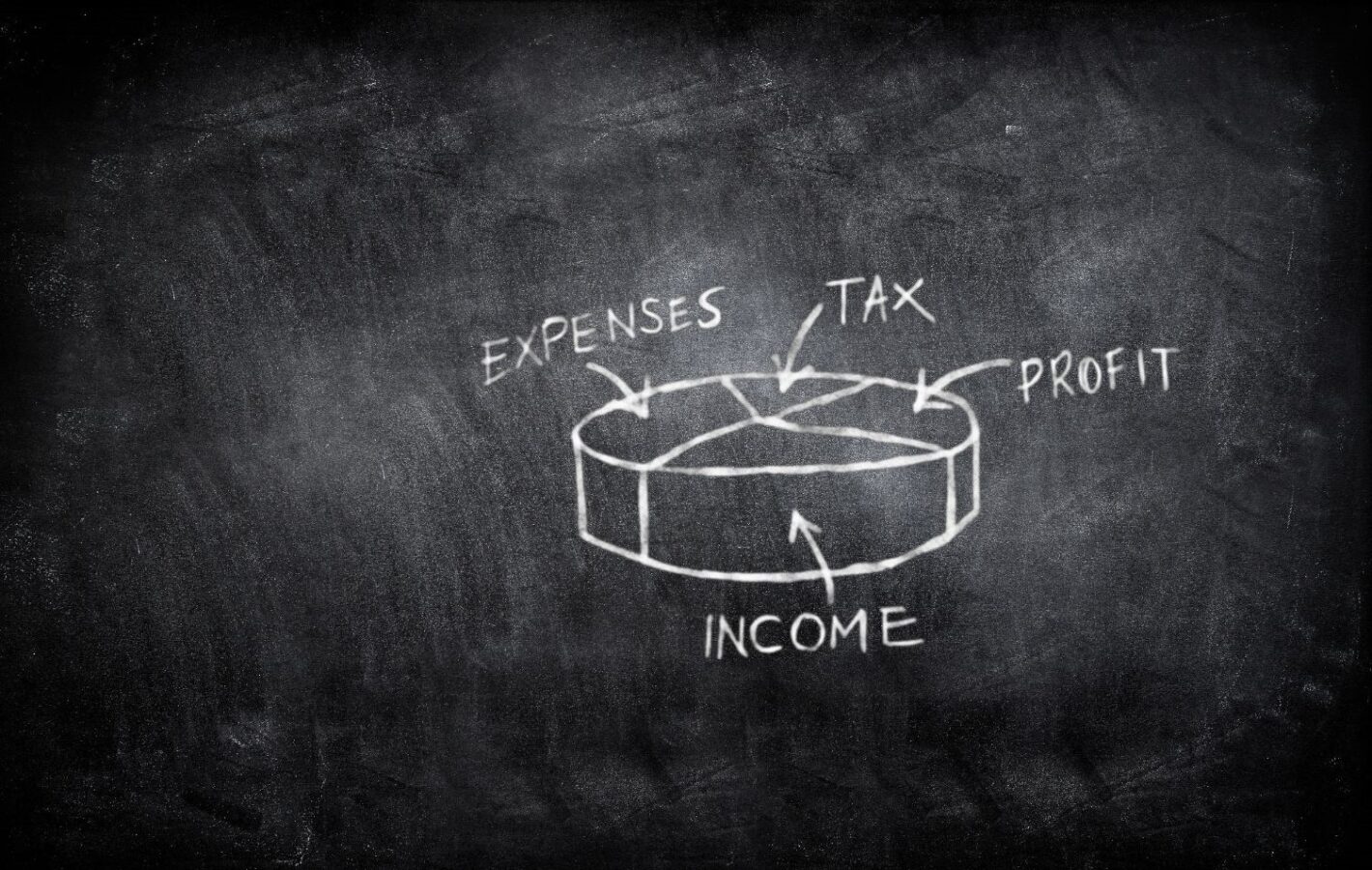With potential changes to tax deductions on the horizon, dentists may need to adapt their financial strategies to stay competitive. Here, we review key potential tax adjustments and outline steps dentists can take to protect their profits and practice value.
Understanding the Potential Expiration of the 20% Pass-Through Deduction
The 20% pass-through deduction under Section 199A is set to expire after December 31, 2025, which will significantly affect dentists who operate as pass-through entities like S-corporations, partnerships, or sole proprietorships. Starting in 2026, the loss of this deduction means your taxable income will increase, leading to higher federal taxes and a reduction in net income. 1
To prepare, consider these financial strategies before year-end:
- Accelerate income into 2025 to utilize the deduction while it’s available
- Postpone deductible expenses to future years to offset higher taxable income
- Review your business structure with a tax professional to ensure it’s still the most tax-efficient option post-2025
- Maximize contributions to retirement plans to reduce taxable income, and adjust your financial planning by revising budgets and cash flow forecasts to account for the anticipated tax increase.
Preparing for Bonus Depreciation Phase Down
Under the Tax Cuts and Jobs Act of 2017, businesses were allowed to deduct 100% of the cost of qualifying assets placed in service after September 27, 2017, and before January 1, 2023.
By 2025, the bonus depreciation allowance will have decreased to 40%, meaning you’ll only be able to immediately expense 40% of the cost of qualifying assets purchased and placed in service that year. The remaining 60% will need to be depreciated over the asset’s normal recovery period. 2
Recommendations:
Accelerate Purchases: Consider buying and placing assets in service before the end of 2024 or 2025 to take advantage of the higher bonus depreciation percentages.
Additionally, to mitigate the impact of the bonus depreciation phase-down, you can leverage Section 179 expensing. For the 2024 tax year, Section 179 allows businesses to immediately deduct the full purchase price of qualifying equipment and software placed in service during the year, up to a specified limit—which has been adjusted for inflation (please confirm the exact limit with current IRS guidelines). Unlike bonus depreciation, which is automatically applied to all eligible assets and has decreased to 60% for assets placed in service in 2024, Section 179 lets you choose which assets to expense and provides the ability to deduct 100% of the cost (subject to the annual limit), regardless of the bonus depreciation percentage. Moreover, while bonus depreciation can be used to create a net operating loss, Section 179 deductions are limited to your taxable income for the year, with any excess carried forward. This flexibility makes Section 179 a valuable tool for maximizing tax benefits on new equipment purchases, especially as bonus depreciation percentages continue to decrease.
Steps Dentists Can Take Now
Maximize Retirement Contributions: Ensure you are contributing the maximum allowable amount to your retirement plans, such as a 401(k) or SEP IRA. For 2024, the contribution limit for a 401(k) is $22,500, with an additional catch-up contribution of $7,500 if you are 50 or older. These contributions reduce your taxable income and help secure your financial future.
Review and Optimize Your Business Structure: Consult with a tax professional to review your current business structure. With the potential expiration of the 20% pass-through deduction, it’s crucial to ensure your business is structured in the most tax-efficient manner. This might involve considering a change in entity type to better align with the upcoming tax landscape.
Accelerate Equipment Purchases: Take advantage of the higher bonus depreciation percentages by purchasing and placing qualifying assets in service before the end of 2024. Additionally, leverage Section 179 expensing to immediately deduct the full purchase price of qualifying equipment and software, up to the specified limit. This strategy can provide significant tax savings and keep your practice technologically competitive.
Conduct a Year-End Financial Review: Perform a comprehensive review of your practice’s financials, including income, expenses, and cash flow. This review should include revising budgets and cash flow forecasts to account for anticipated tax changes. Identifying areas for improvement and making strategic adjustments now can help mitigate the impact of future tax increases and ensure your practice remains financially healthy.
Proactive tax planning can make the difference in maintaining profitability and a competitive edge. At Engage Advisors, we’re here to help you navigate these changes and build strategies that secure your practice’s financial health. Contact us for a consultation to discuss your options for 2024.

